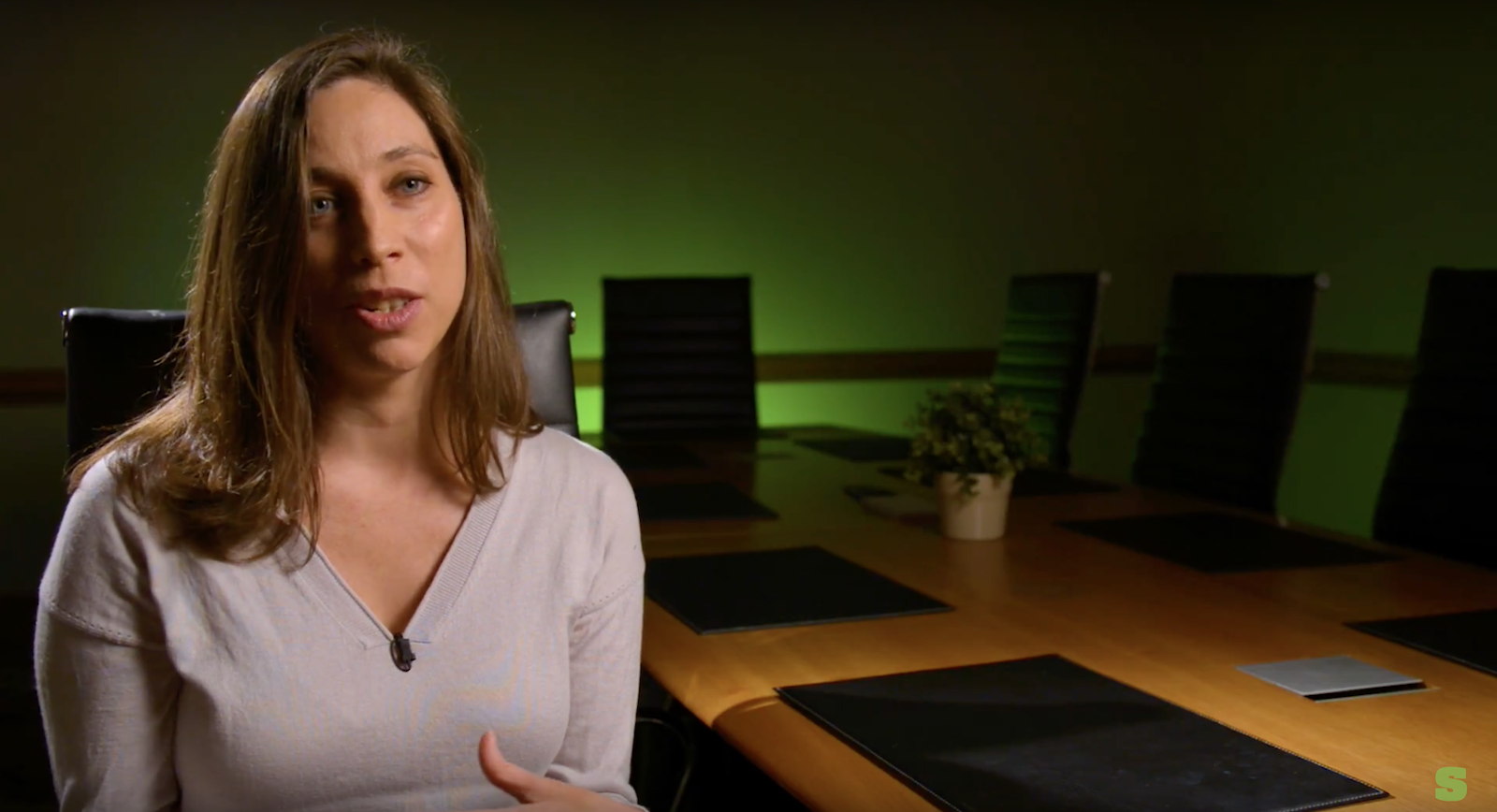[fusion_text]Wendy Robison, the Director of Learning for Etsy, talks about the challenges and observations when adopting policies focused on diversity and inclusion.
Defining diversity and inclusion although many assume diversity refers to race, it is only one factor in a far more complex and nuanced equation that should also include aspects ranging from gender identity to education levels to financial security to personal and professional experiences.
Even major companies tout how they hire a percentage of certain races, which undermines the impact of discussions around intersectionality. For reference, intersectionality is defined as “the interconnected nature of social categorizations such as race, class, and gender – as they apply to a given individual or group – regarded as creating overlapping, interdependent systems of discrimination or disadvantage.”
Etsy takes it further with their inclusion initiatives – defining diversity and inclusion even their engineers consider how a range of customer backgrounds play into accessing their site.
She even covers how you can attract younger talent, improve company morale and culture, and prepare yourself for the rapidly changing employment landscape.[/fusion_text]
Transcript
Wendy Robison: One thing that Etsy has really been thinking about is what do we mean by diversity and inclusion? We haven’t fully defined that yet. We’ve really called on some outside experts to help us think about it. The process that we’re going through right now is really trying to work with and speak with our stakeholders and our admin through diversity and inclusion forums. What are the struggles and the challenges you see in the space? What makes you uncomfortable? What makes you feel safer? Just starting from there has been really useful. I think intersectionality is a big word that’s kind of tossed around right now and we don’t want to get totally caught up in that. But we also want to recognize that diversity isn’t just the color of our skin or the languages that we speak. All of those types of demographic things that we see, it’s also all of the elements of us that we don’t see. All the characteristics that can seem invisible.
Background, education levels, power differentials from job roles. We’re really trying to take as broad of a view as we can while still keeping it meaningful. And so that’s where inclusion comes into play. Even at Etsy the engineers think about access to our site and people who maybe don’t read or can’t see. So really I think it’s just the notion of taking as broad a view on diversity as possible, and that we can’t see everything that makes us diverse. Some of the resistance around adopting more diversity and inclusion friendly policies is fear. It’s fear of what may be different, it’s fear that a company may lose customers, they may lose their base or they’ll be perceived as aligning with something controversial. Their brand might lose power or something like that.
What I would say to that is that that is a losing value proposition because talented people, creative, innovative people come in all shapes, all sizes, all backgrounds. It’s only in our best interest to harness that and to develop it and to welcome it. And to create environments and safe spaces where people can be as productive as possible. Because ultimately even if you look at it only as the bottom line, that’s going to improve or increase your bottom line. But beyond that makes your space, your company a more human friendly place to work. And that’s going to really attract more and more young people as the years go by.
